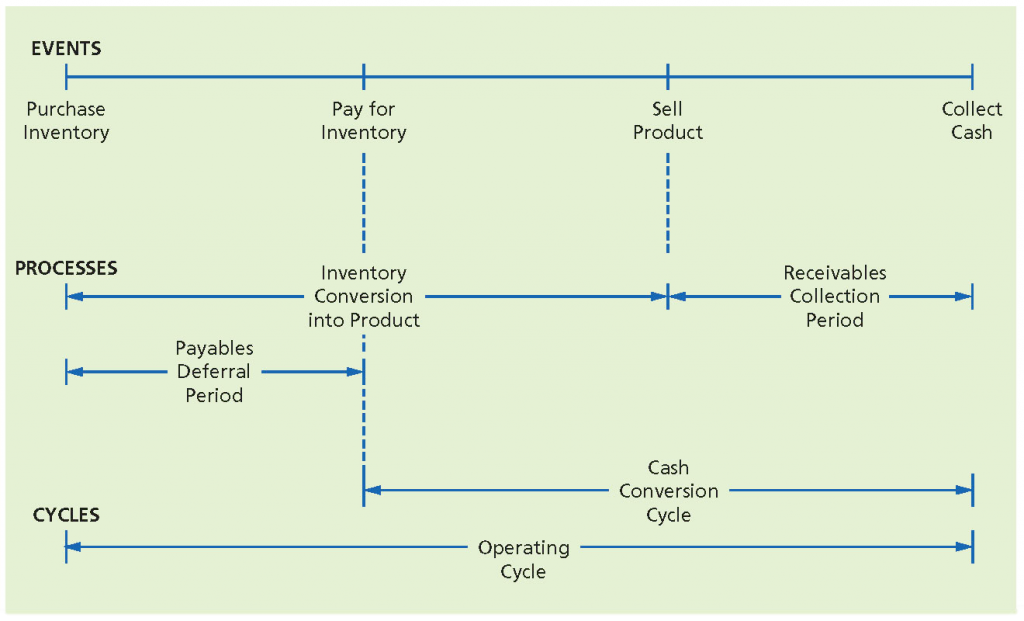Trading places – is big tech the real threat to banks?
| 01-11-2017 | Lionel Pavey |

Reading yesterday’s article about Fintech banks reminded me that, in the last few weeks, I had seen articles in the news about the growing interest in providing banking services by so-called Bigtech companies. Bigtech is defined as established “platform” players such as Amazon, Google, Alibaba and Paypal. These companies are already providing finance to small businesses – Amazon has already lent USD 3 billion to online merchants.
Whereas Fintech startups are trying to find funding for their ideas, they do not have a large supply of capital to truly offer large scale lending facilities. They are well suited to participate in peer-to-peer lending initiatives and can certainly show established banks how to do things in a new way, but they do not have the true scale to compete against banks. Bigtech companies, with their vast cash reserves and huge databases, present a very serious problem for existing banks.
Bigtech already collect and analyse data from all their clients. This gives them a unique insight in how to review and redesign the processes for banking, allowing for faster services, reduced costs and reaching a critical mass for trading on an electronic platform.
According to research from consultants McKinsey & Company “Seventy-three percent of U.S. millennials say they would be more excited about a new offering in financial services from Google, Amazon, Paypal or Square than from their bank — and one in three believe they will not need a bank at all”. Platform companies therefore appear to have a very strong and loyal relationship with their customers.
Japan’s largest online retail marketplace – Rakuten Ichiba – offer their customers:
- Loyalty points and e-money usable at hundreds of thousands of stores, virtual and real.
- Credit cards issuance to tens of millions of members.
- Financial products and services that range from mortgages to securities brokerage.
- Run one of Japan’s largest online travel portals.
- Instant-messaging app, Viber, which has some 800 million users worldwide.
This is a very comprehensive list of what are, basically, supporting services to their main function as a marketplace. Banks offer traditional services with little or no additional services.
Where can Bigtech make a difference in the current banking model?
All online marketplaces bring both buyers and sellers together. Most sellers are companies that can be classed as SME (Small and medium-sized enterprises). In the current market SME’s are experiencing difficulties arranging finance. A survey conducted by the Asian Development Bank (ADB) concluded that there is a gap in trade finance – based on bank rejections on applications for trade finance – of about USD 1.5 trillion. SME’s make up around 75 per cent of that total. Furthermore, 60 per cent of companies that responded, stated that rejection led to losing trade. Realistically, if 10 per cent of those rejections had been financed, that would lead to an increase of 1 per cent in staffing levels for SME’s worldwide.
Trade finance is a special form of banking. It provides finance for a relatively short time – the average tenor is less than 180 days. It is a crucial form of finance as shipping goods around the world places a great strain on working capital – all the costs are upfront and the goods are only paid for after receipt. Any form of lending entails risks and for trade finance a good source of information can be obtained at the International Chamber of Commerce (ICC). This organisation is responsible for the business conduct codes for international trade. They analysed data between 2007-2014 with an exposure of USD 7.6 trillion. Defaults for short-term finance for import/export stood at 0.06%.
Providing trade finance is complimentary to online marketplaces and certainly an area where Bigtech firms can increase their presence in the financial industry. With all their data, they are better equipped than a bank to analyse the financial health of an export company. They can see how many orders have taken place, their geographical distribution, their trade value etc. They are also able to offer finance to buyers – their data is also available to Bigtech fims.
Bigtech companies have the means to take on banks; they have the data; knowledge of the marketplace; work completely in an online environment; are open 24/7 and are better known and regarded by young people. The opportunities are there – the question is how much of the supply chain do they want to influence?
When I first started in banking I worked in import and export departments. It provided a good insight into how an economy really works. I was raised on the South coast of England and, as a child, regularly played around the local commercial harbour. I still recall the smell of fresh timber and casks of Sherry and Port. The harbour was the gateway to the world; it was where adventures started. I still live on the coast – some things never change.

Cash Management and Treasury Specialist


 François de Witte – Founder & Senior Consultant at
François de Witte – Founder & Senior Consultant at 


